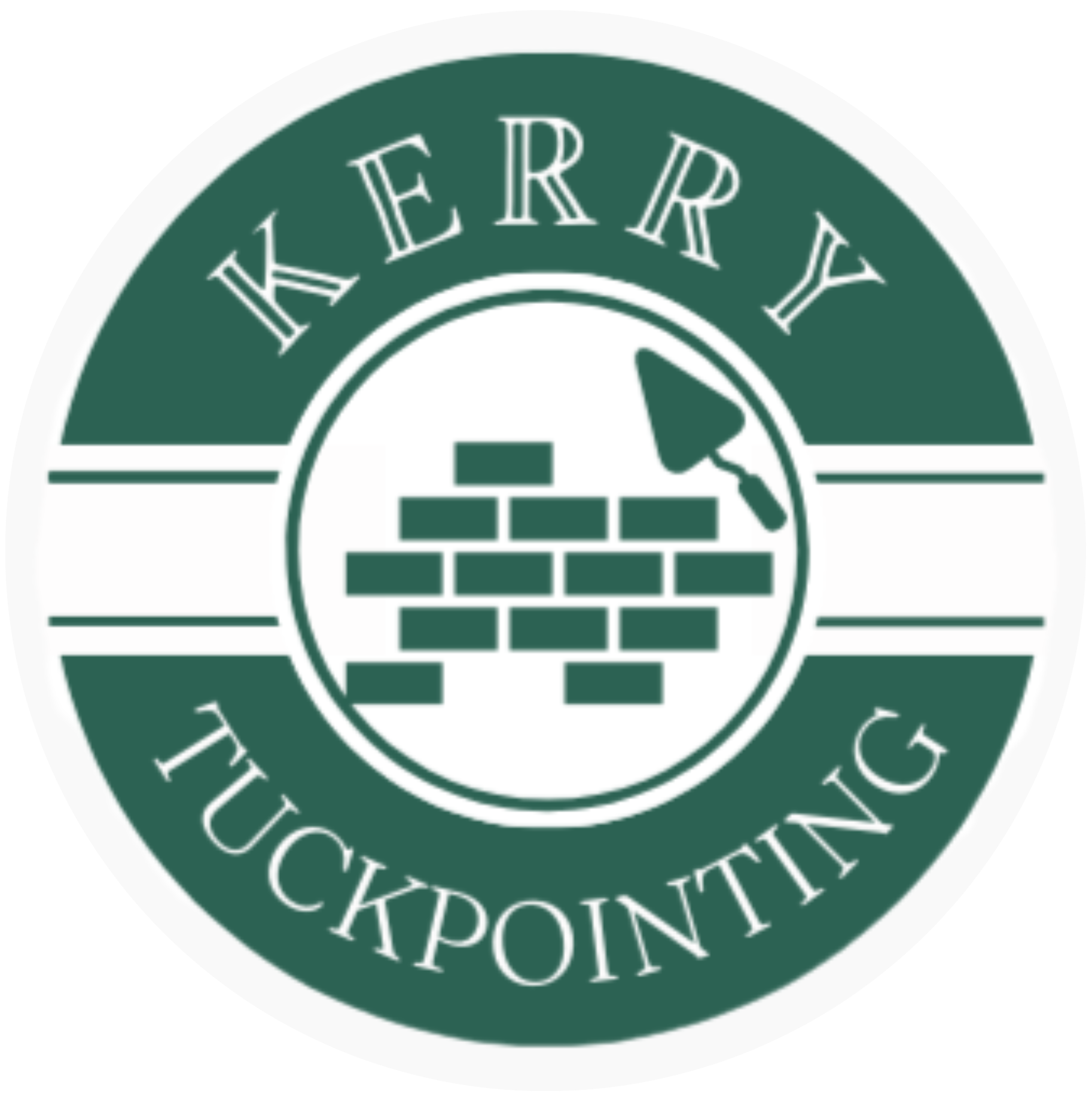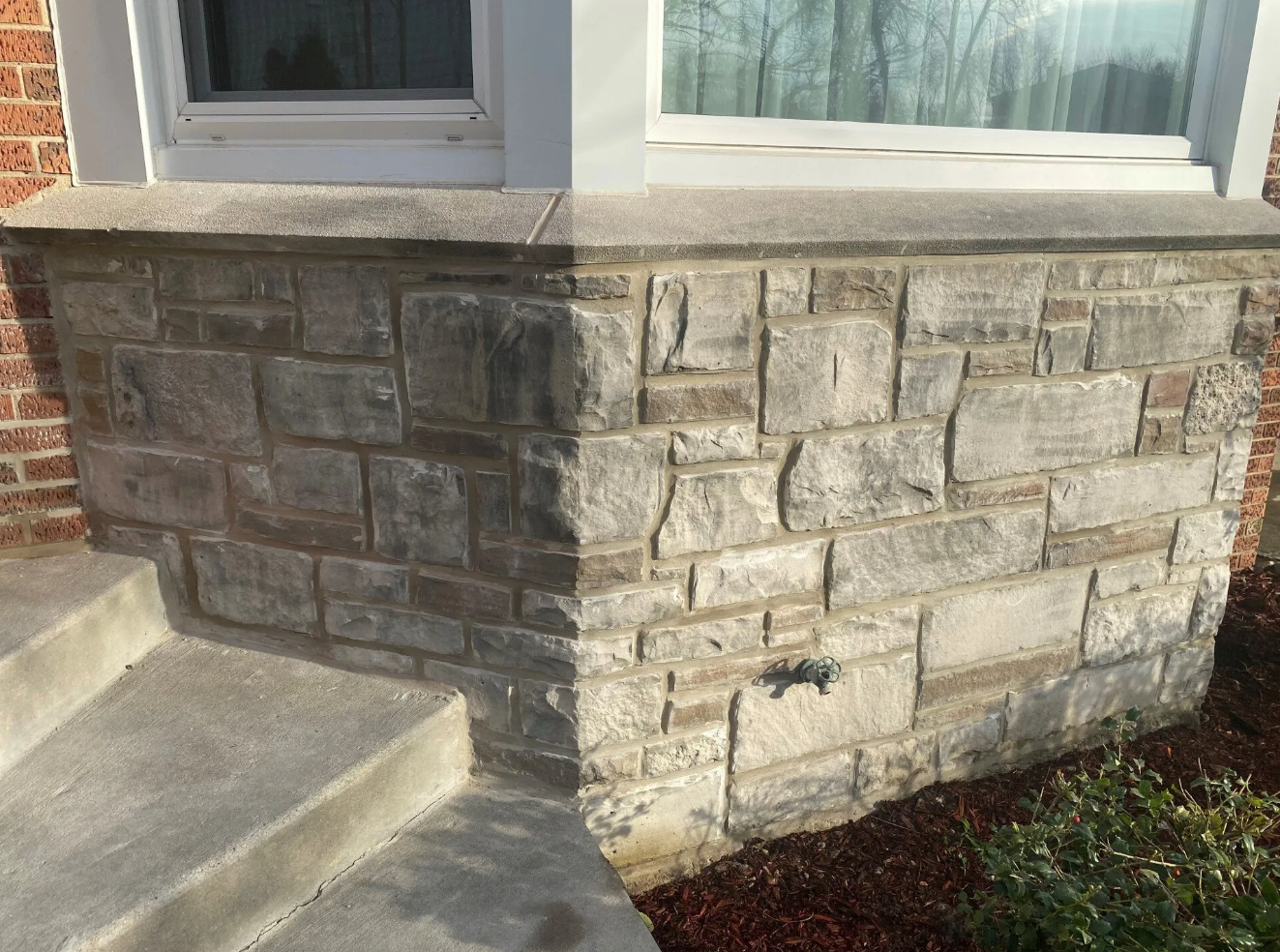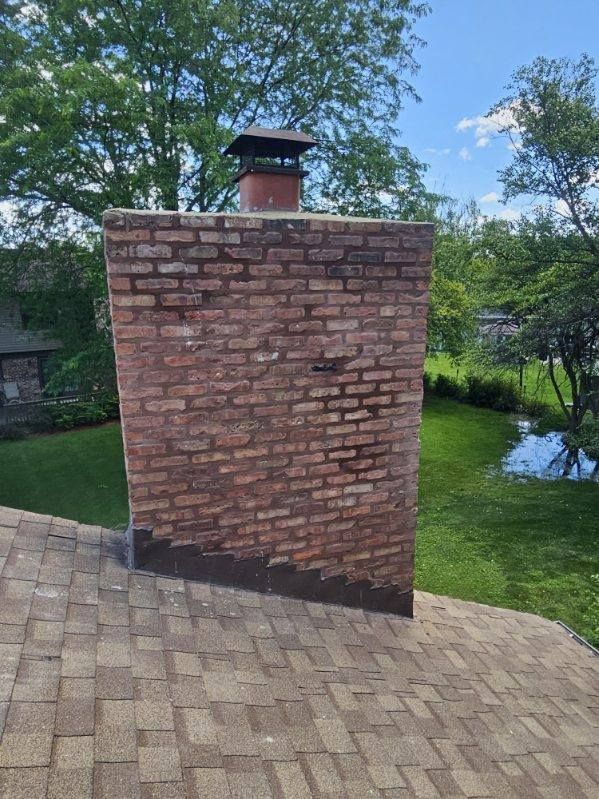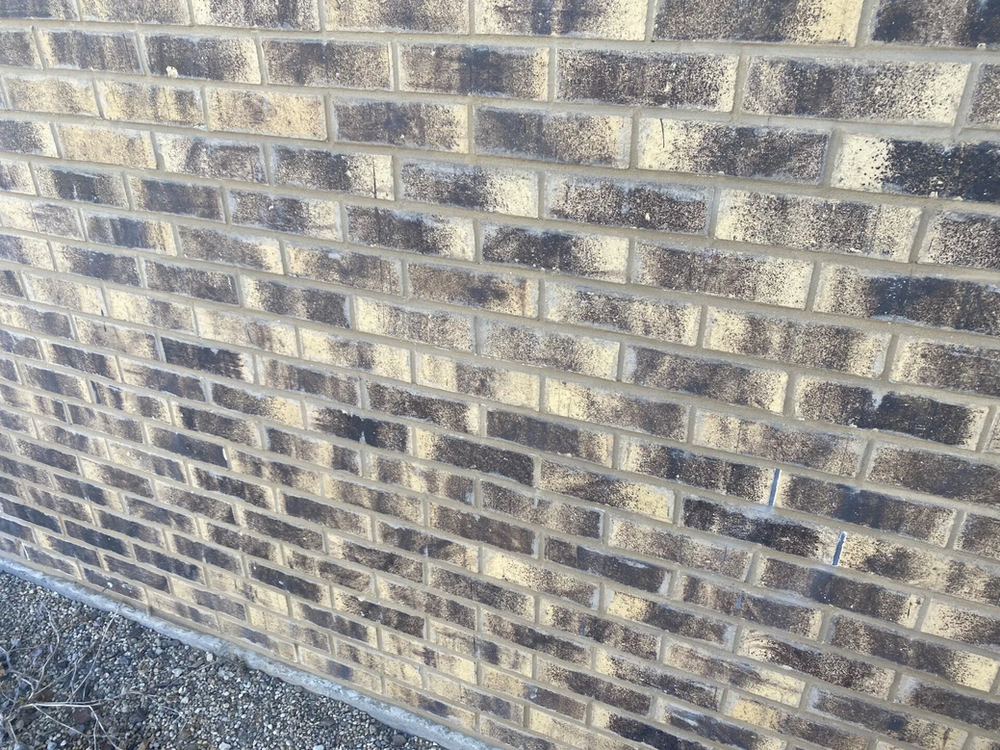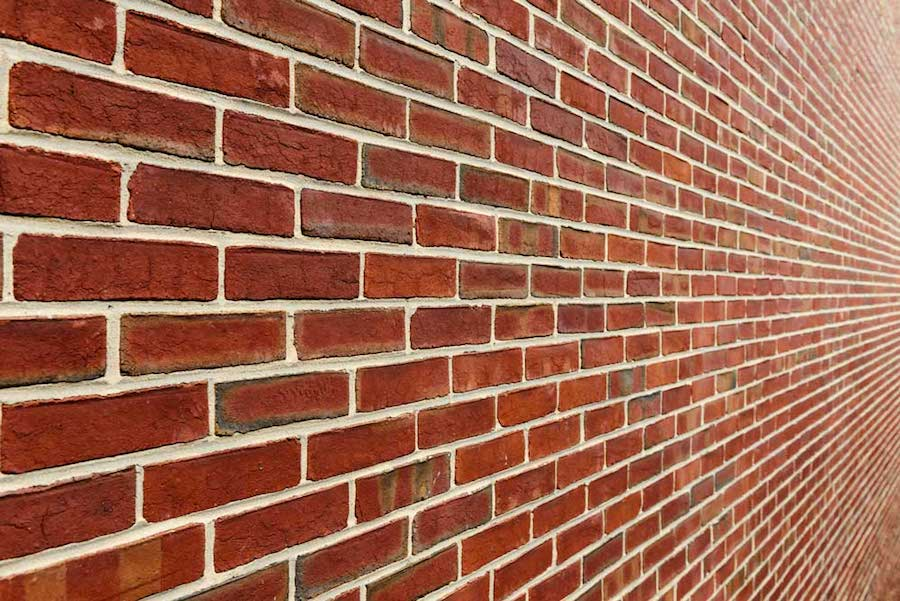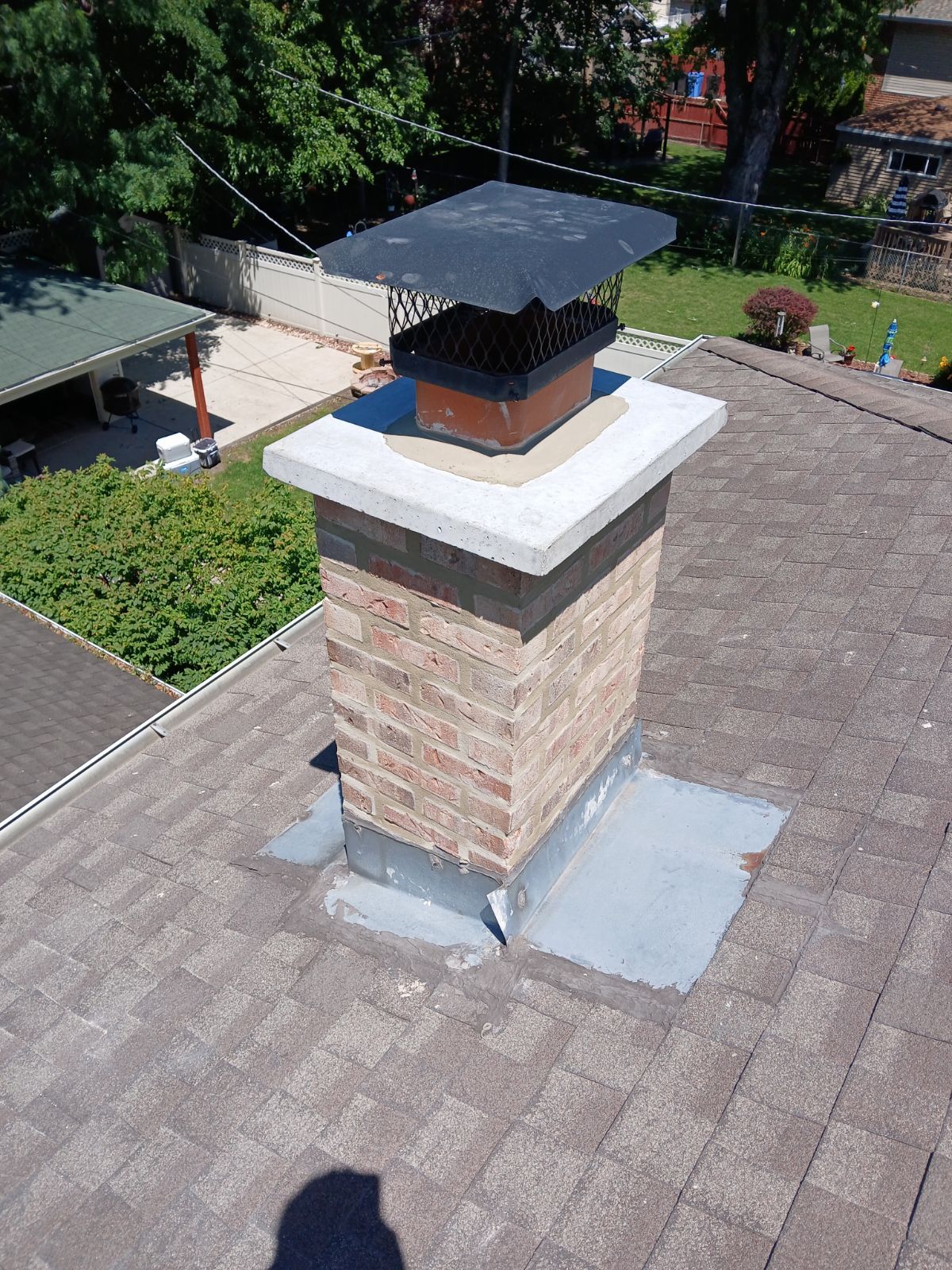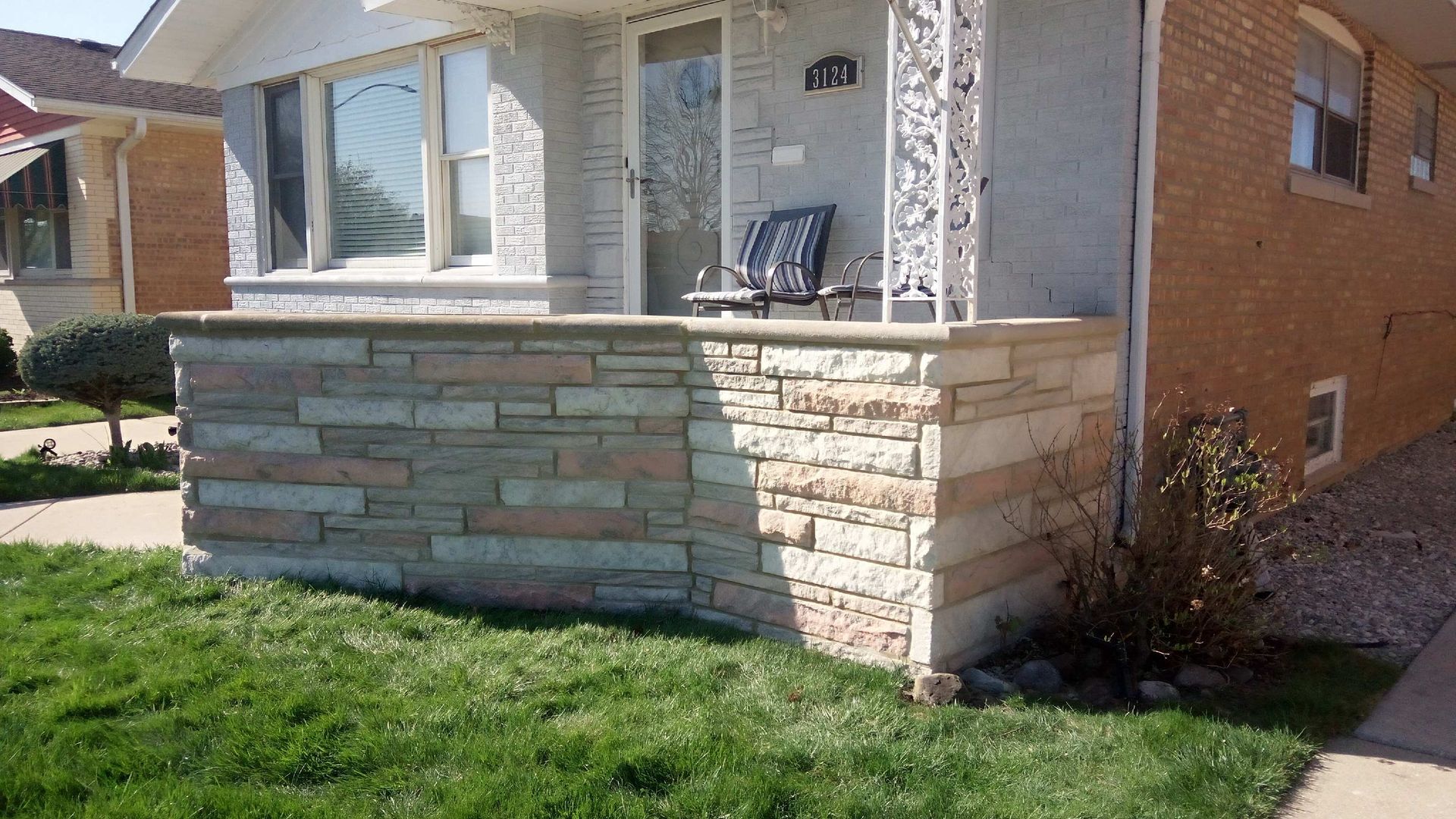How Often Should You Tuckpoint Your Brick?
How Often Does Brickwork Need Tuckpointing?
Brickwork has been a timeless and durable choice for building facades and structures for centuries. Its rugged appearance and ability to withstand the elements make it an enduring favorite. However, like all building materials, brickwork requires maintenance to keep it looking its best and functioning properly.
One crucial aspect of masonry maintenance is tuckpointing. This process involves repairing the mortar joints between bricks. But how often should you tuckpoint your brickwork? In this blog, we’ll explore the factors influencing tuckpointing frequency and what you can do to maintain your brick surfaces.
What Is Tuckpointing?
Tuckpointing refers to the process of removing deteriorated mortar from the joints of brickwork and replacing it with fresh mortar. This not only restores the aesthetic appeal of the structure but also protects it from water infiltration, which can cause serious damage over time. Tuckpointing involves carefully chipping out old mortar, cleaning the joints, and filling them with new mortar that matches the original in color and texture.
Why Is Tuckpointing Important?
As time passes, mortar can crack, erode, or fall out due to weathering, temperature fluctuations, and natural aging. When mortar joints weaken, moisture can seep into the structure, leading to issues such as:
- Cracked or spalled bricks (broken into pieces)
- Frost damage in cold weather
- Efflorescence (white salt deposits)
- Structural instability
Regular tuckpointing helps prevent these problems. It prolongs the lifespan of your brickwork and maintains its visual appeal.
How Often Should You Tuckpoint?
The frequency of tuckpointing depends on various factors, including climate, exposure to elements, quality of the original work, and maintenance practices. Generally, you can expect the following:
1. Residential Brickwork
For homes, tuckpointing is typically recommended every 20 to 30 years. However, if you live in a mild climate with minimal weather extremes, your brick joints may last longer without needing extensive repairs. Conversely, if your area experiences harsh winters, heavy rainfall, or high humidity, more frequent inspections are advisable—around every 10 to 15 years.
2. Commercial or Historic Buildings
Buildings that are more exposed or have historic significance may require inspections every 10 to 15 years. This helps preserve their integrity and appearance. Care must be taken to match original mortar compositions and techniques during these procedures.
3. Signs That You Need Tuckpointing
Rather than follow a strict timeline, it’s smart to look for specific signs indicating your brickwork needs tuckpointing:
- Visible cracks or crumbling mortar joints
- Gaps or missing mortar
- Leaking or water stains on interior walls
- Efflorescence buildup
- Loose or shifting bricks
Regular inspections can help catch issues early before they worsen.
Factors Affecting Tuckpointing Frequency
- Climate: Extreme weather accelerates mortar deterioration. Freezing and thawing cycles cause mortar to crack and degrade faster.
- Quality of Original Work: High-quality mortar mixed and applied properly lasts longer. Poorly mixed or applied mortar deteriorates sooner.
- Maintenance: Routine cleaning and timely repairs extend mortar joint life. Avoid harsh chemicals or pressure washing, which can damage mortar.
- Type of Mortar: Some modern mortars are more durable than traditional ones, affecting repair intervals.
Maintaining Your Brickwork
To reduce tuckpointing frequency and preserve your brick structure, consider these tips:
- Regular Inspections: Have your brickwork inspected annually by a professional for early signs of damage.
- Proper Cleaning: Use gentle cleaning methods to prevent mortar erosion.
- Proper Drainage: Ensure gutters and downspouts direct water away from walls.
- Sealant Applications: Some sealants can protect mortar joints from moisture, but consult a professional to determine suitability for your project.
Does Your Brickwork Need an Inspection or Tuckpointing in Evergreen Park, IL?
If you own brickwork in Chicago Ridge, Evergreen Park, or Oak Lawn, IL, and suspect it’s time for tuckpointing, contact us at Kerry Tuckpointing. We offer free estimates and a warranty on all our workmanship.

